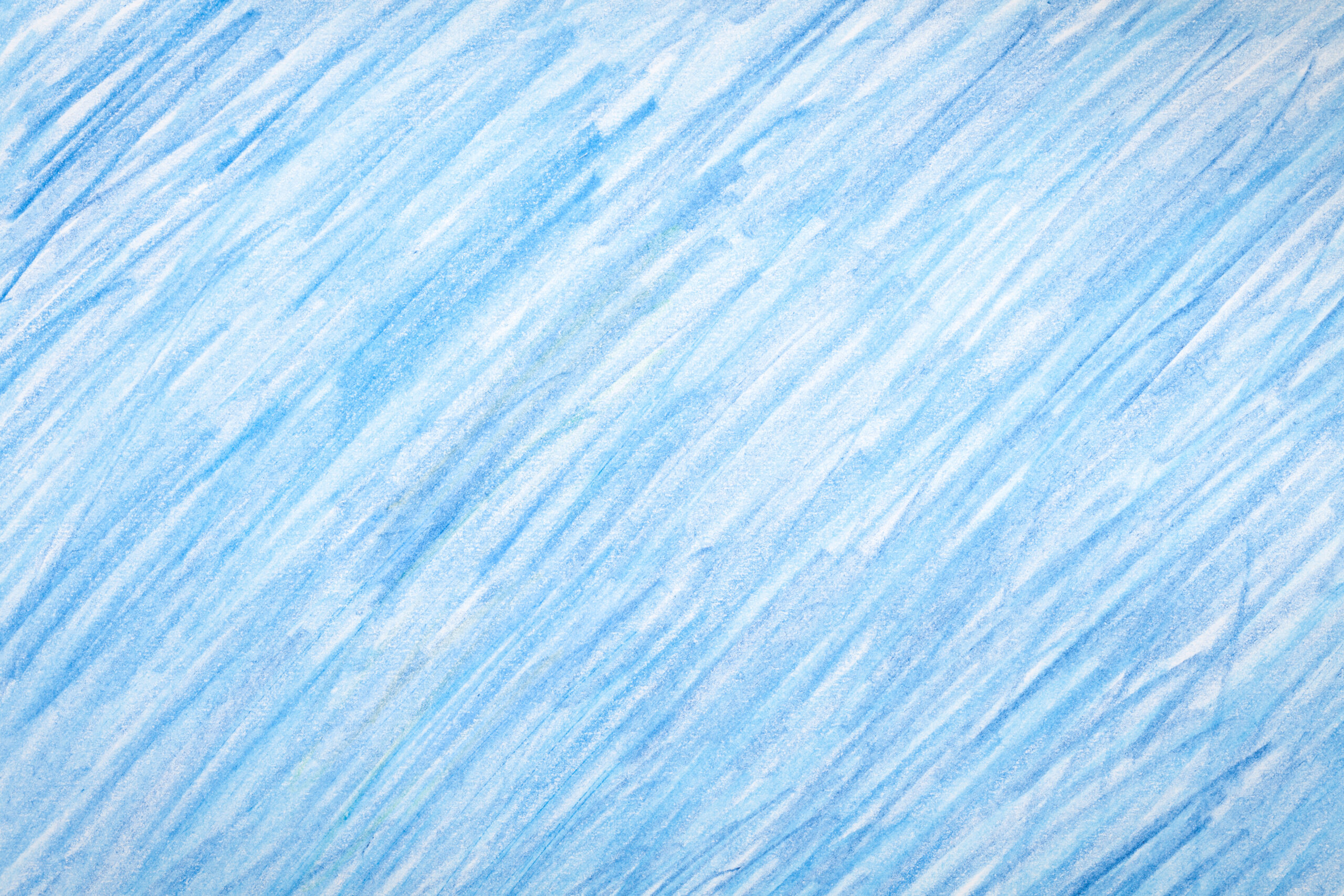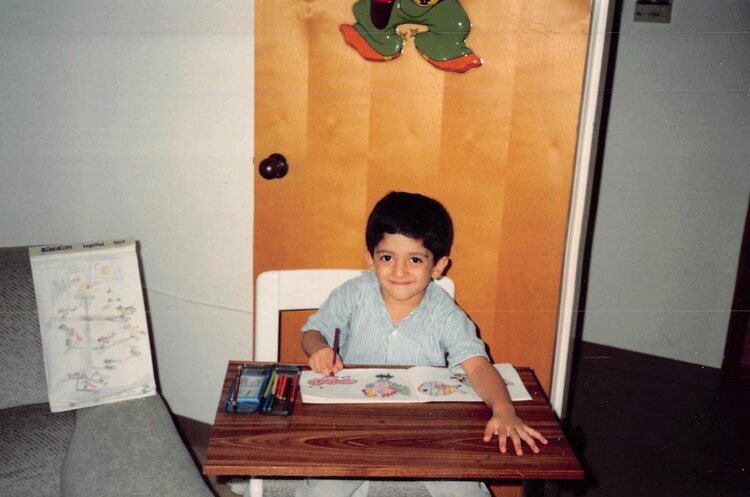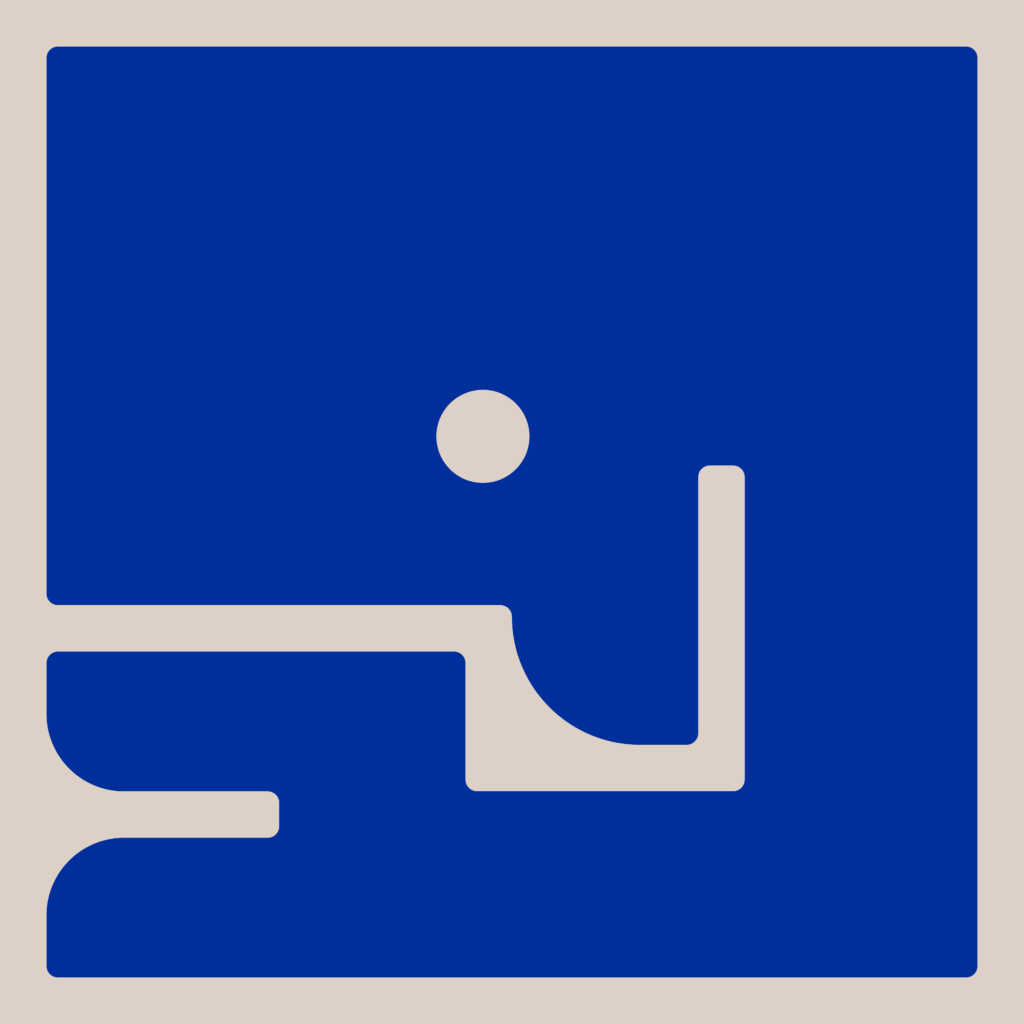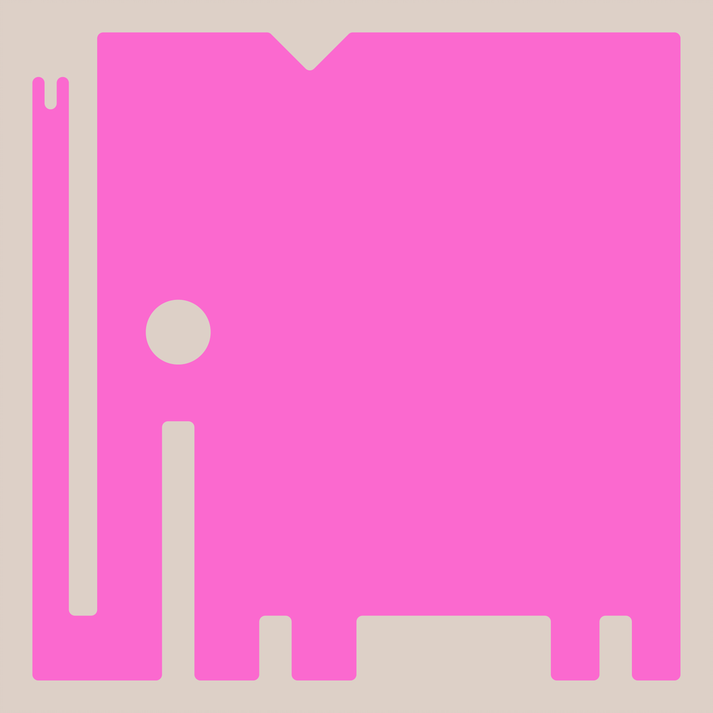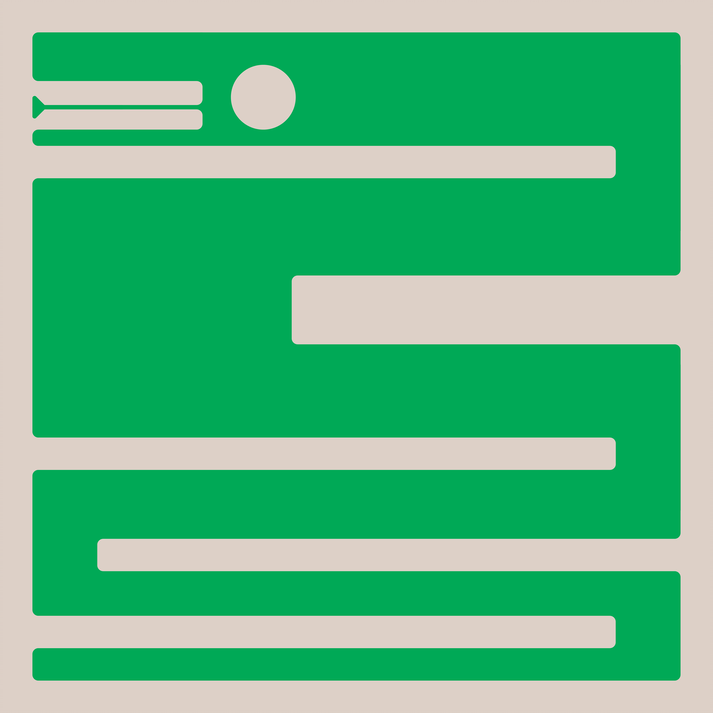Can you tell me about Square Kufic calligraphy and why it was important for you to draw inspiration from it for this series?
I think that regardless of your faith or what you believe, there’s a connection between spirituality and creativity. I started 30 Days of Ramadan (the larger project) because I wanted to do something creative that reflected my spiritual practice.
Islamic calligraphy is an art form that shows a connection between art and spirituality. The original Kufic style originated in Kufa, Iraq and over time evolved into Square Kufic through architectural applications and potential interactions with the Far East. Illustrating the animals in a style inspired by Square Kufic calligraphy was an extension of my Muslim identity.
It’s also been interesting to see it resonate with people from different parts of the world. I’ve spoken to people who saw elements in the illustrations that they connected back to their own cultures. Some have even said it reminded them of ancient cave paintings. It’s been humbling, but exciting as well, to know that it had the power to capture people's imagination.
Can you tell me about the bigger 30 Days of Ramadan project?
I started 30 Days of Ramadan back in 2016 and it was just a personal project. I set a challenge for myself to do something creative every day while I was fasting. I created animated GIFs each day that visualized what I was feeling or connecting with. One was of the sunrise and sunset, relating to the duration of the fast. One of the days, I remember being super thirsty so the artwork I created was of an hourglass with dripping water instead of sand.
Since then, I’ve been doing the 30 days of Ramadan project every year with a different theme. This series was created last year and it just started with curiosity and me asking, “Do animals fast?”
I also think identity can be fluid. It might be simple to just say: “I’m South Asian, I’m Canadian, I’m Muslim.” But I feel like I'm so much more than that. It’s hard to define who I am by geographic boundaries.
Being able to create a project inspired by something that’s true to my origins and belief system, but also making it universal and accessible was important. Muslims aren’t the only ones that fast; people fast for other religious reasons, people fast for non-religious reasons, and animals fast as well.
The animals are so lively. How did you decide on their overall look?
There are 30 animals for each day of Ramadan and I really wanted them to be bold and impactful. You’ll notice a mix of colours—bright pink, red, and orange, but also neutral colours like black and brown. I really like that contrast. I like the balance it creates.
They’re also not what you would expect when thinking of animals, but the forms are strong enough for you to make a connection, especially in instances where I thought the viewer might need a little guidance.
The whale is blue because it speaks to the ocean, but I knew I wanted the elephant to be pink—it just felt right. And I think the snake and octopus are exciting for the eyes because there's a lot of movement happening in their illustrations—interesting negative spaces where your eye can travel through. I just utilized my creative freedom in different ways.
What do you hope remains in the minds of people after they see 30 Days of Ramadan?
I hope it captures their imagination. I want them to enjoy the artwork and have a fun experience deciphering each animal. I hope it sparks their innate child-like curiosity and encourages them to be inquisitive and dig deeper—deeper into animals fasting, how and why they do it, and deeper into other aspects of the natural world.
30 days of Ramadan aims to present fasting in a new light and open up creative dialogue to explore different perspectives. I hope this will be an opportunity for learning and discovery.
What does the relationship between art and science look like to you?
There's so much art and design inherent in our natural environment. When we’re out in nature, we see the connection between the two. When I’m out on a walk and see an oak tree or a blue jay, I just take in its colours, its design, and how it moves. It’s really fascinating to me.
There’s also a science to design, you know. I didn’t always make this connection but now I have a greater appreciation for my engineering background. It gave me problem-solving skills that I apply to my work.
One of the engineering courses I took in university was actually taught by an art instructor. I believe it was called Creative Thinking. It was amazing because it really showed the connection between art and science, and how they inspire each other.
Art helps visualize science, helps make science accessible, and science evolves how we create art and how we experience art—whether it’s through immersive experiences, virtual reality or illustrating complex scientific processes.
This interview has been edited and condensed for clarity.
What's art got to do with science?
At Science World, we believe that science parallels art as a subject matter and a source of inspiration. Check out the featured works by local artists in our gallery.
